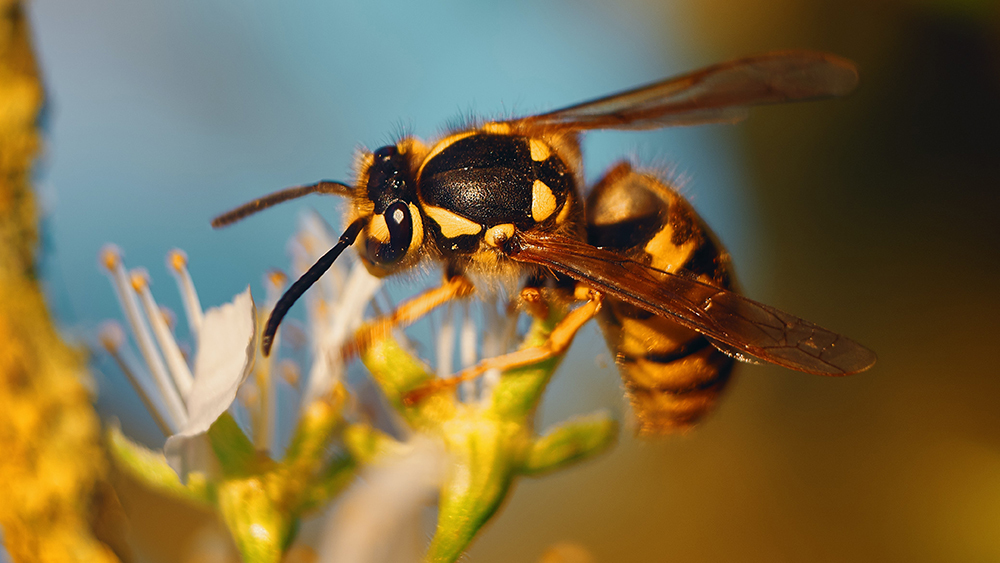Flea and Tick Medication Guide for Pet Parents
Fleas and ticks are external parasites that feed on the blood of their hosts, typically dogs, cats, and other mammals. Heavy infestations can lead to anemia and potentially serious complications espec...
How to Apply “Spot On” Medication to Your Dog or Cat
Some products used to prevent ticks, fleas, and worms are applied directly onto the skin. These are sometimes called "spot on" medications. Here you will find tips and advice on how to apply them safe...
Giving Your Pet Eye Medication: Step-by-Step Instructions
You’ve just returned home from the vet, and fortunately, your furry friend is going to be just fine! But, your vet prescribed two different eye drops for your cat’s conjunctivitis. And the bad news? S...
Ditch the Itch: Skin Allergies in Dogs
Allergic dermatitis, also known as atopic dermatitis or atopy, is a common skin disease in dogs. Symptoms typically develop between 18 months and 4 years of age. Rarely, a dog can experience signs of ...
16 Summer Dangers for Dogs
For many of us, summer means getting outside and enjoying time in nature with our furry best friends! Unfortunately, this also means that our pets can be exposed to new dangers. Summer temperatures, t...
Tick Talk - Dogs and Tick Control
Ticks are small, biting parasites that feed on blood and are typically most active from spring through fall. They are most commonly found in wooded areas. Ticks come in many different varieties that n...
Heat Stroke in Cats
Many cats like the heat, but just like humans, they can suffer from heat stroke if exposed to extreme temperatures for too long. Easy access to plenty of fresh water is essential. Unlike dogs, cats do...
Why is My Dog Losing Hair? What You Need to Know About Demodectic Mange
Demodectic mange, also known as demodicosis or “red mange”, is caused by a cigar-shaped, microscopic mite called Demodex canis. These mites are transmitted from mother to pup within the first few days...
What You Need to Know About Neutering Your Male Dog
Castrating (or neutering) male dogs is a common practice. The procedure can be done in different ways, either surgically or chemically. Here we answer some of your most common questions and concerns a...
What You Need to Know About Spaying Your Female Dog
Spaying female dogs is a common practice. This procedure is called an ovariohysterectomy, where both ovaries and the uterus are surgically removed. In this article, we discuss the pros and cons of spa...
Swelling of the Ear (Aural Hematoma) in Cats and Dogs
Aural (ear) hematomas form when blood vessels rupture under the skin of the ear flap. This is the most common reason for swelling along the outside of a dog or cat’s ear. Continue reading to learn mor...
Heat Stroke (Hyperthermia) in Dogs
Dogs cannot regulate their temperature by sweating, like humans. Instead, dogs pant to cool their body. Unfortunately, this isn’t always an effective way to avoid overheating. If the surrounding air t...
Hot Spots (Moist Dermatitis) in Dogs
Hot spots, also known as moist dermatitis, are a common skin condition in dogs. They are typically caused by damaged and/or infected skin. Areas of redness and irritation can occur rapidly, resulting ...
What’s Wrong with My Dog’s Tail? Facts About Limber Tail Syndrome
Dogs who like to swim, or those who spend long periods of time in cold, wet weather, can be at risk for a condition called limber tail syndrome. There are many names for limber tail syndrome including...
Pet First Aid: How to Treat Minor Wounds
Cuts, abrasions, and other skin injuries are common in our pets. Treatment options depend on the cause of the injury, severity and size of the wound, and where it is located on the body. Careful asses...
Does My Dog Have Mastitis? How to identify, treat, and prevent mastitis in nursing mothers
Mastitis means inflammation of the mammary tissue (breast tissue). This painful condition typically occurs when one or more of the mammary glands (mild-producing glands) becomes infected. Mastitis mos...
Summer Dangers for Cats
Summer often means spending more time outside. However, for outdoor cats, this can pose several risks. In this article, you can read about some of these summer dangers, how to prevent them, and what t...
Tips for Bringing Home a New Cat or Kitten
Planning on bringing home a new furry family member? What can you do to prepare? Here we share our best tips to prepare for your new cat’s arrival.
Wasp and Bee Stings in Dogs and Cats
Dogs and cats are often curious. They like to investigate or hunt insects, and therefore run the risk of being stung or bitten. Most dogs and cats can tolerate a wasp or insect sting without concern. ...
What is Cherry Eye in Dogs?
Dogs have a third eyelid, located in the inner corner of each eye. You may notice this small, pink triangular tissue blink briefly across your dog’s eye when they yawn or appear tired. This tissue is ...
Why is my pet scooting? Recognizing anal gland problems in cats and dogs
“Scooting” (when an animal drags their bottom along the ground) is a common behavior associated with anal gland problems. Anal glands are found in both dogs and cats. These small scent-producing sacs ...




















